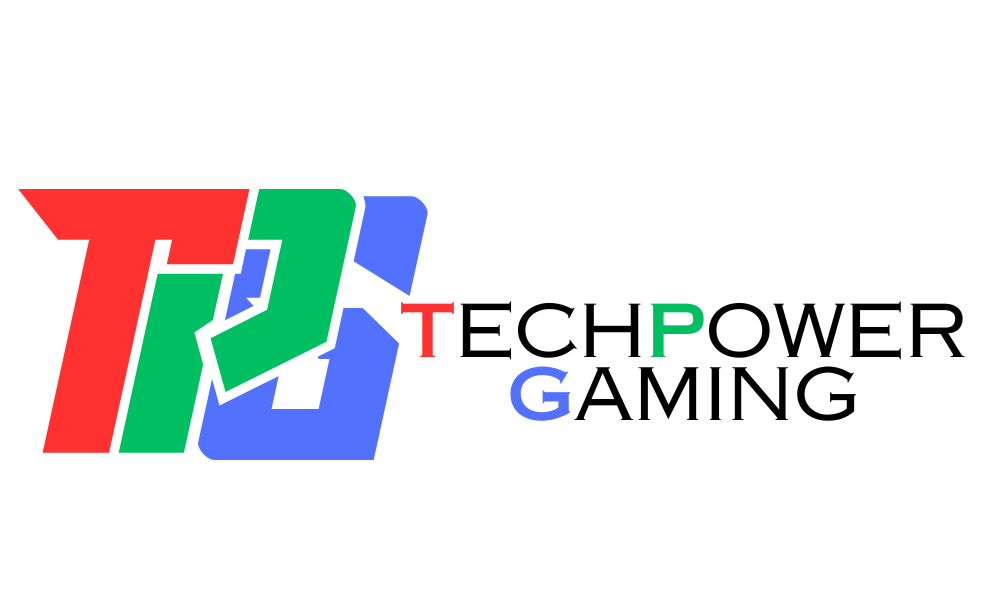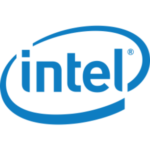Introduction:
The internet has revolutionized the way we communicate, work, and access information. It has become an integral part of our daily lives, connecting people across the globe. In this blog, we will take a journey through the history of the internet, exploring its origins, major milestones, and future projections.
The Birth of the Internet:
The internet traces its roots back to the 1960s during the Cold War era. The Advanced Research Projects Agency Network (ARPANET), created by the U.S. Department of Defense, served as the precursor to the modern internet. ARPANET aimed to create a decentralized communication network that could withstand a nuclear attack.
The Emergence of the World Wide Web:
In the late 1980s, British computer scientist Sir Tim Berners-Lee invented the World Wide Web, a system of interlinked documents accessible through the internet. With the introduction of web browsers and the hypertext transfer protocol (HTTP), the web became user-friendly, allowing people to navigate and share information seamlessly.
The Dot-Com Boom:
The 1990s witnessed the dot-com boom, a period of rapid growth in internet-based businesses. Companies such as Amazon, eBay, and Yahoo emerged, capitalizing on the expanding user base. The development of search engines, like Google, made it easier to find information online, further fueling the internet’s popularity.
Broadband and High-Speed Connectivity:
As the internet gained mainstream adoption, the need for faster and more reliable connections became apparent. Broadband internet, offering high-speed connectivity, replaced dial-up connections, enabling users to stream media, participate in online gaming, and engage in real-time communication.
Social Media and Web 2.0:
The early 2000s brought about a significant shift in internet usage with the rise of social media platforms. Websites like MySpace, Facebook, and Twitter transformed the way people interacted and shared content online. This era, often referred to as Web 2.0, emphasized user-generated content, collaboration, and interactivity.
Mobile Internet and the Age of Smartphones:
With the advent of smartphones and mobile internet, the internet became portable and accessible on-the-go. The widespread availability of 3G and later 4G networks enabled users to browse the web, use applications, and stay connected from virtually anywhere. This marked a new phase in internet usage, leading to the dominance of mobile apps and mobile-first design.
The Internet of Things (IoT):
The IoT refers to the interconnectedness of everyday objects, such as appliances, vehicles, and wearables, through the internet. This network of smart devices enables data exchange and automation, making homes smarter and enhancing various industries like healthcare, transportation, and manufacturing.
Cloud Computing and Big Data:
Cloud computing revolutionized data storage and processing. It allows individuals and organizations to store and access data remotely, eliminating the need for physical servers. The rise of big data, coupled with cloud computing, enables advanced analytics, machine learning, and artificial intelligence applications.
Future Projections:
a) 5G and Beyond:
The deployment of 5G networks promises even faster and more reliable internet connections, unlocking new possibilities for real-time applications, virtual and augmented reality experiences, and autonomous vehicles.
b) Artificial Intelligence and Automation:
Artificial intelligence (AI) will continue to shape the internet by enhancing personalization, recommendation systems, and customer support. AI-powered automation will streamline processes, augment decision-making, and transform various industries.
c) Internet Privacy and Security:
As the internet evolves, concerns about privacy and security become paramount. Stricter regulations and improved encryption technologies will be crucial to safeguard user data and protect against cyber threats.
d) Internet Connectivity for All:
Efforts to bridge the digital divide and ensure internet access for underserved communities will remain a priority. Initiatives such as satellite internet, low Earth orbit (LEO) satellite constellations, and expanded infrastructure aim to connect the remaining global population.
Conclusion:
The internet has come a long way since its inception, transforming societies, economies, and the way we live. As technology advances, we can expect the internet to continue evolving, providing new opportunities and challenges. The future internet will be faster, more intelligent, and deeply interconnected, shaping our lives in ways we may not even envision yet.














